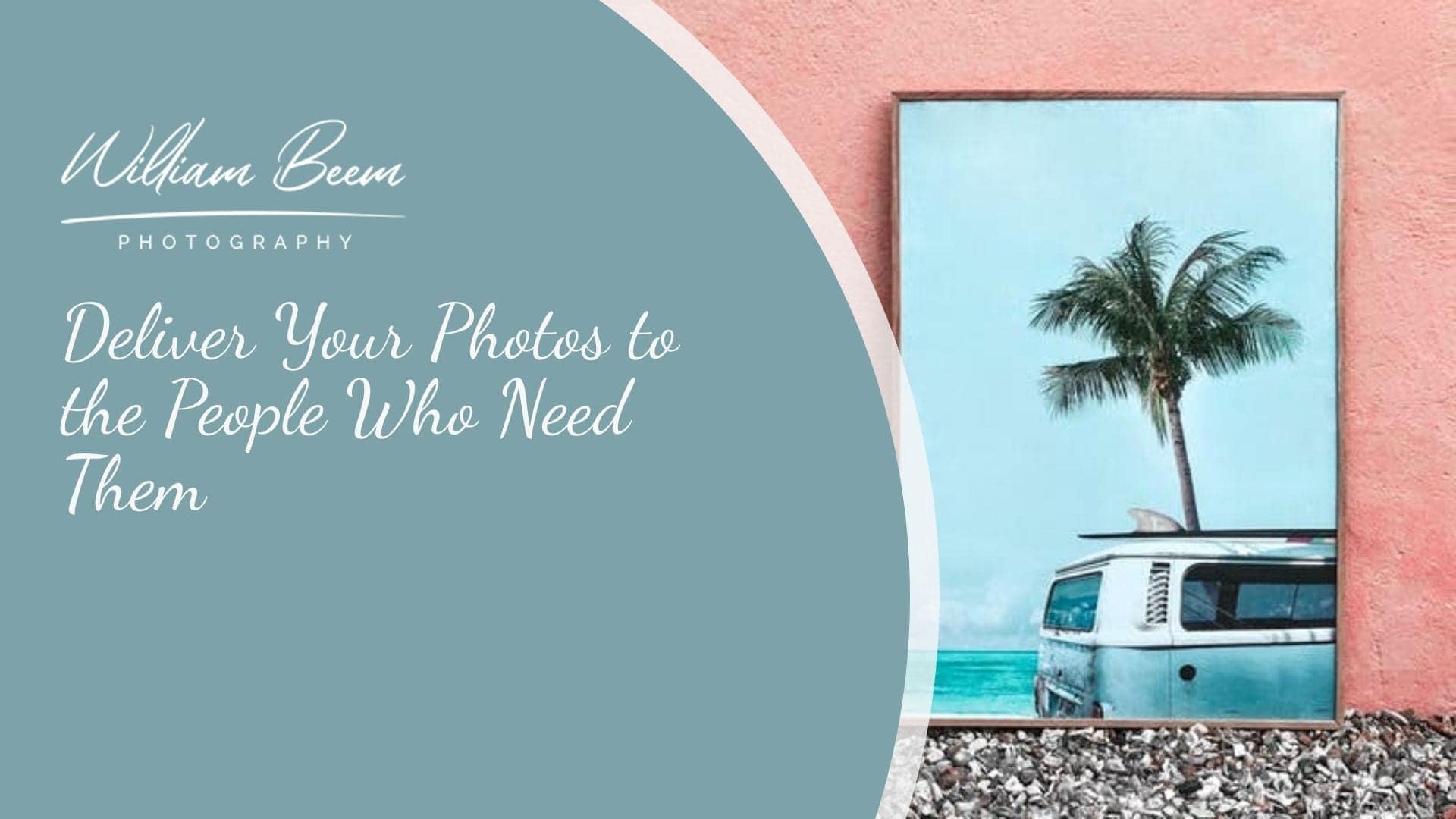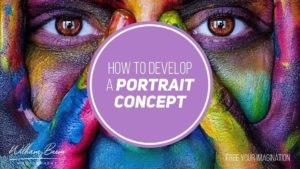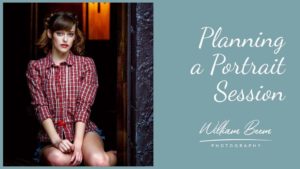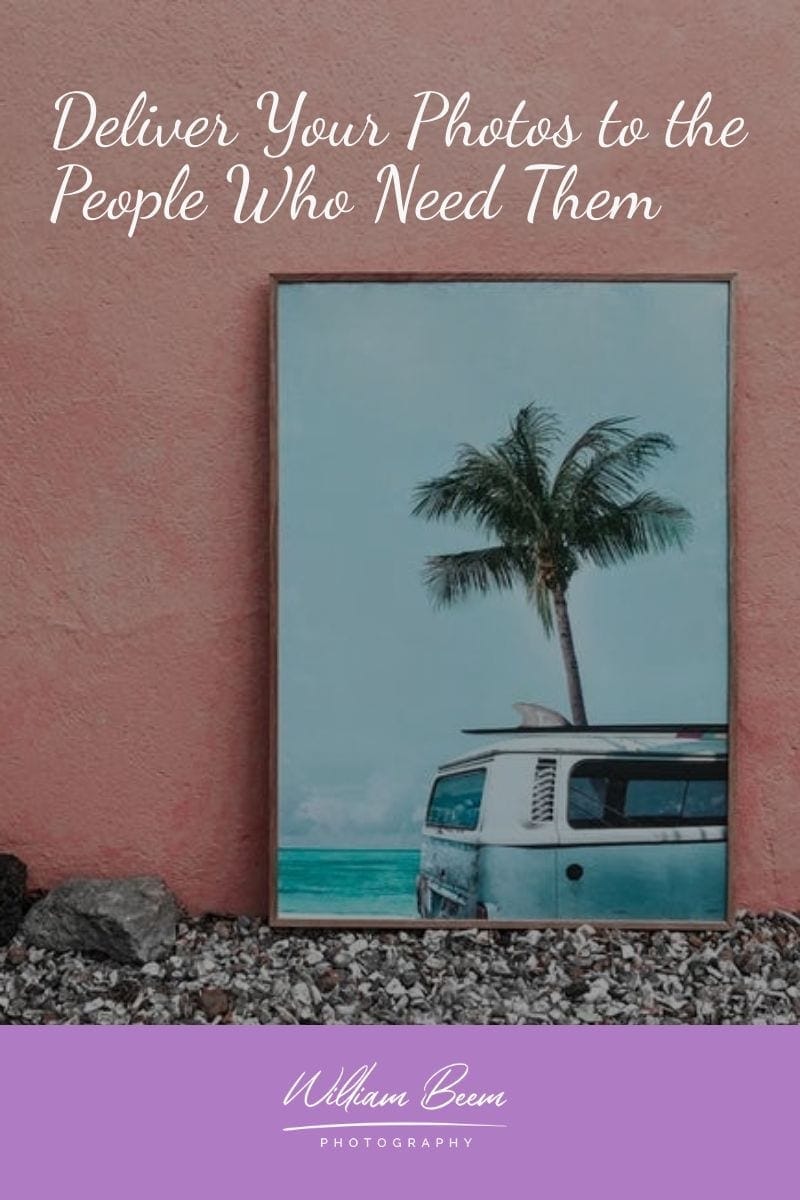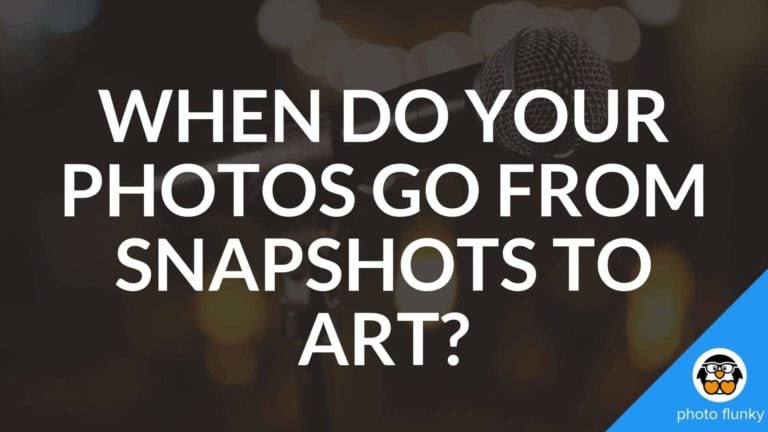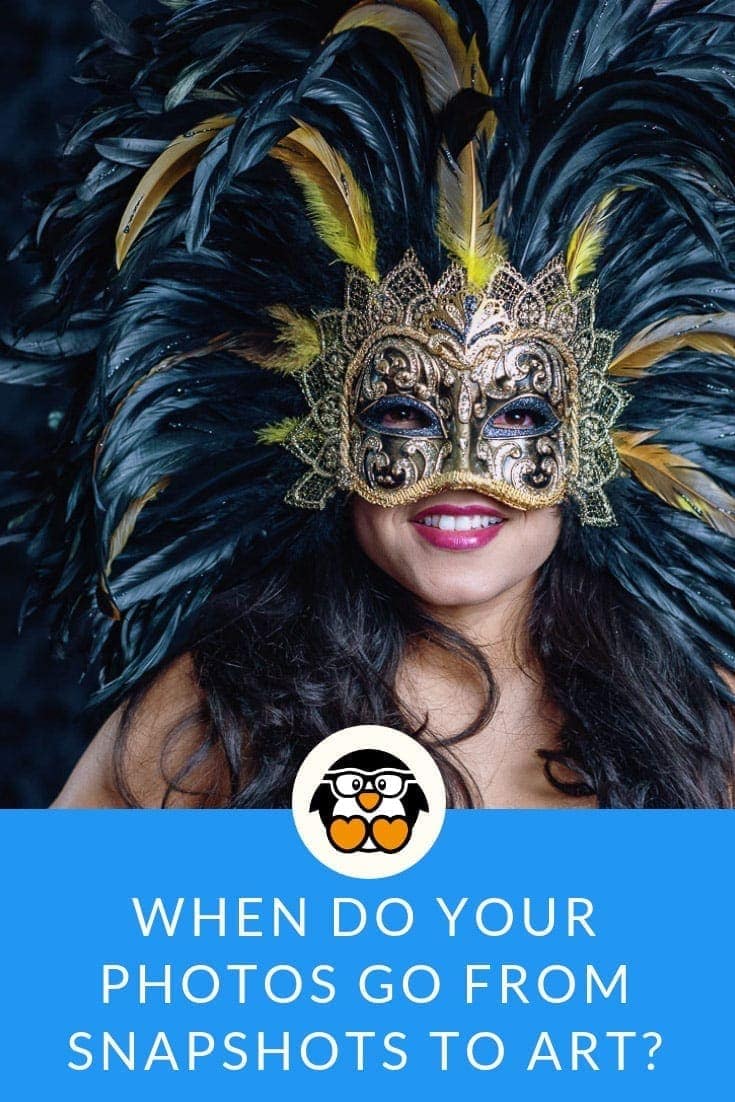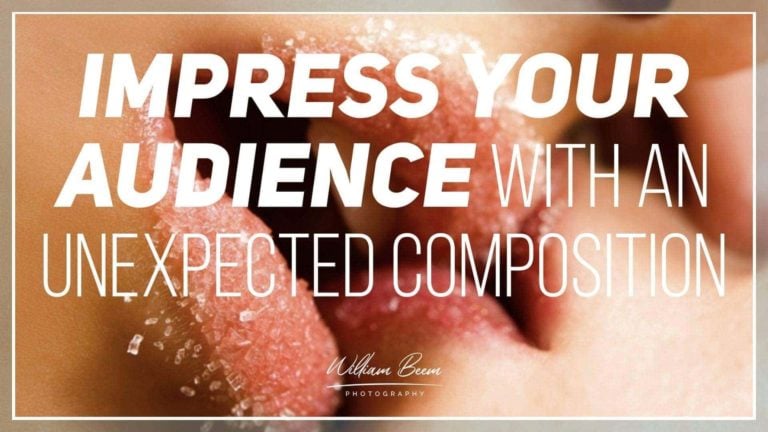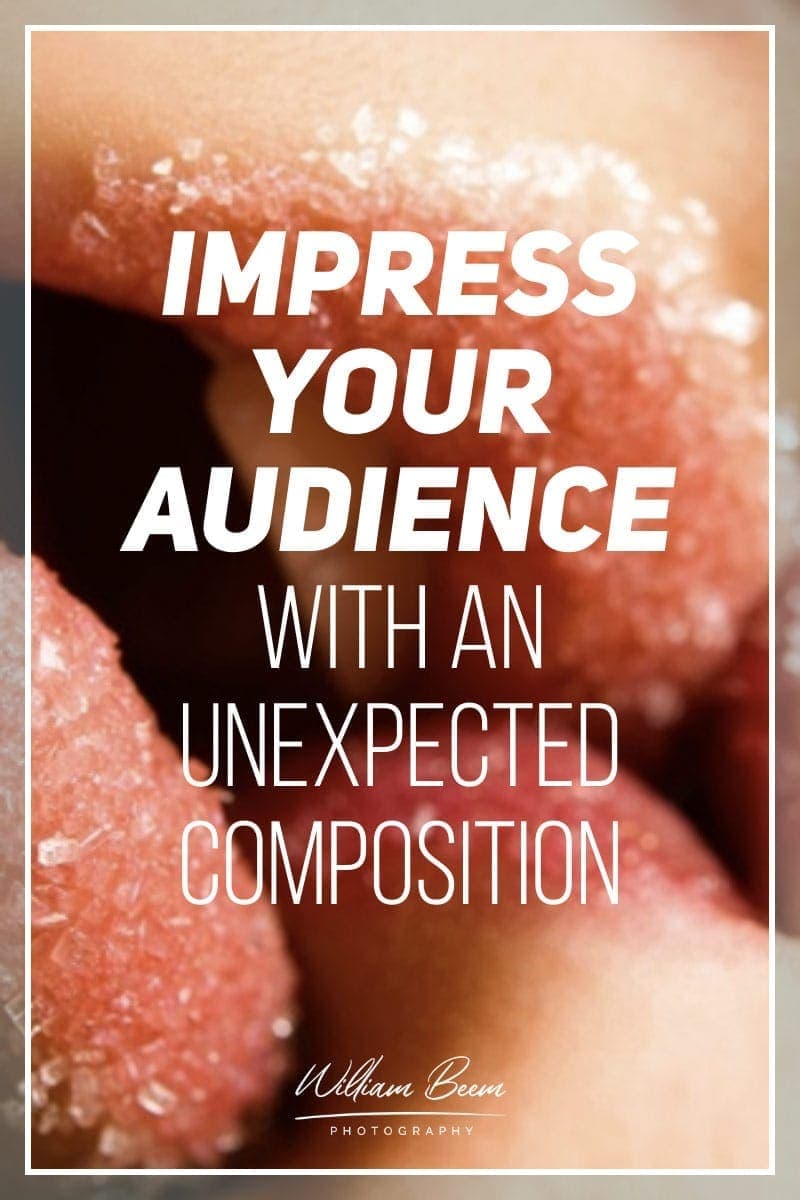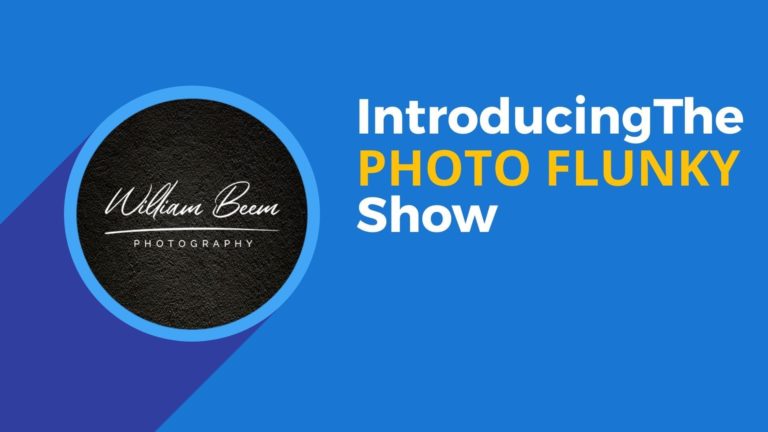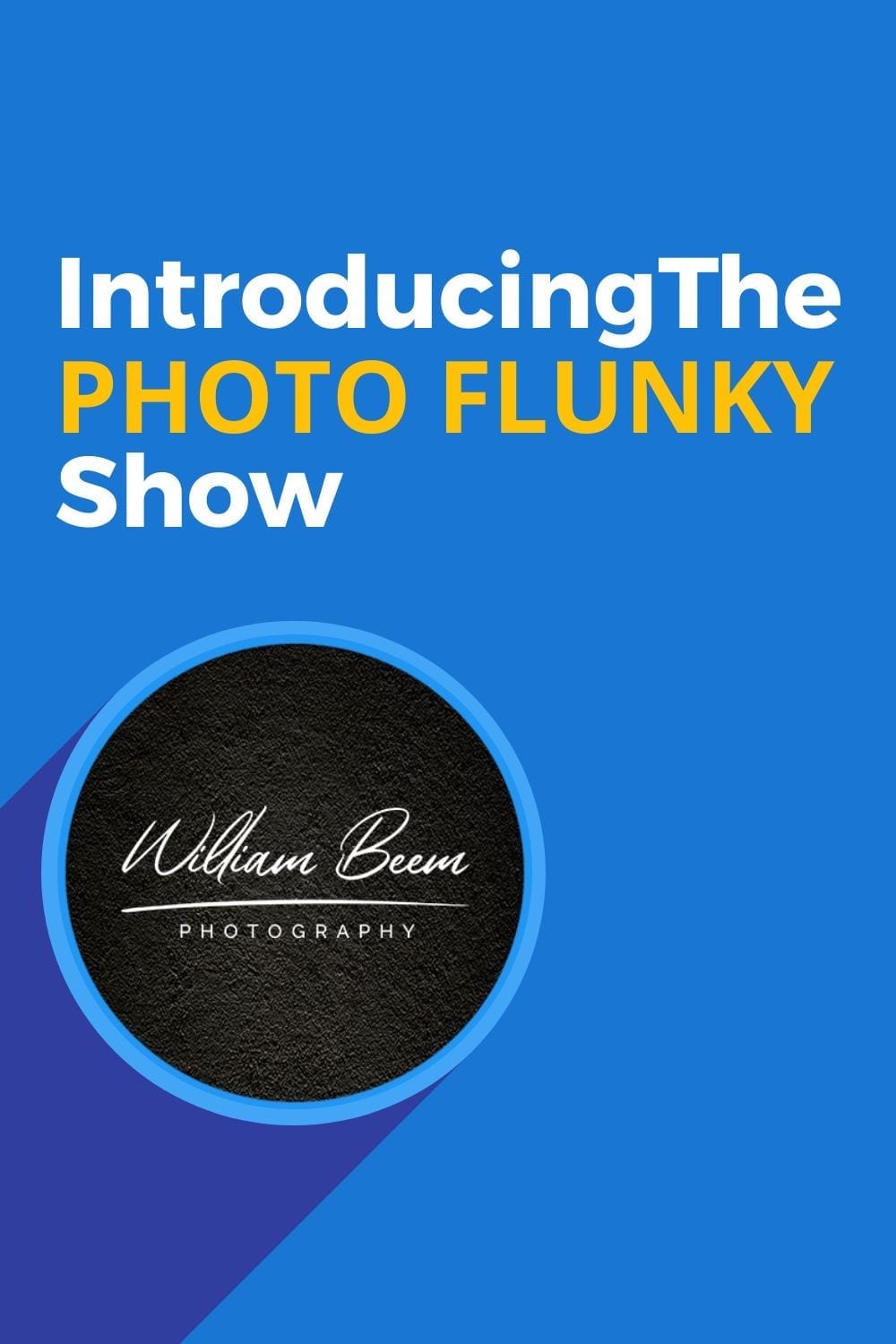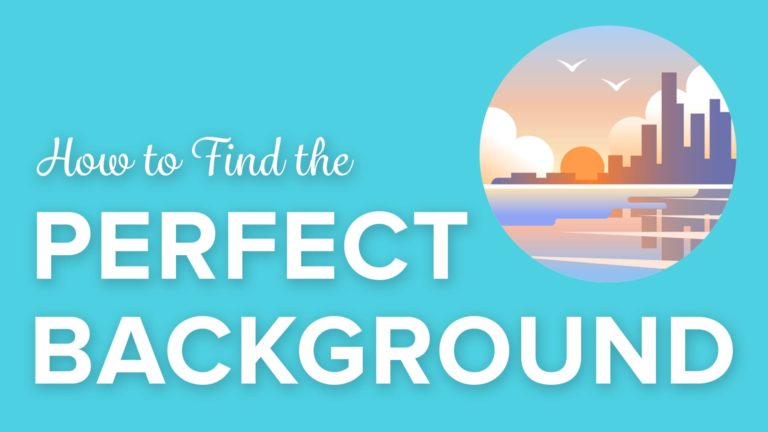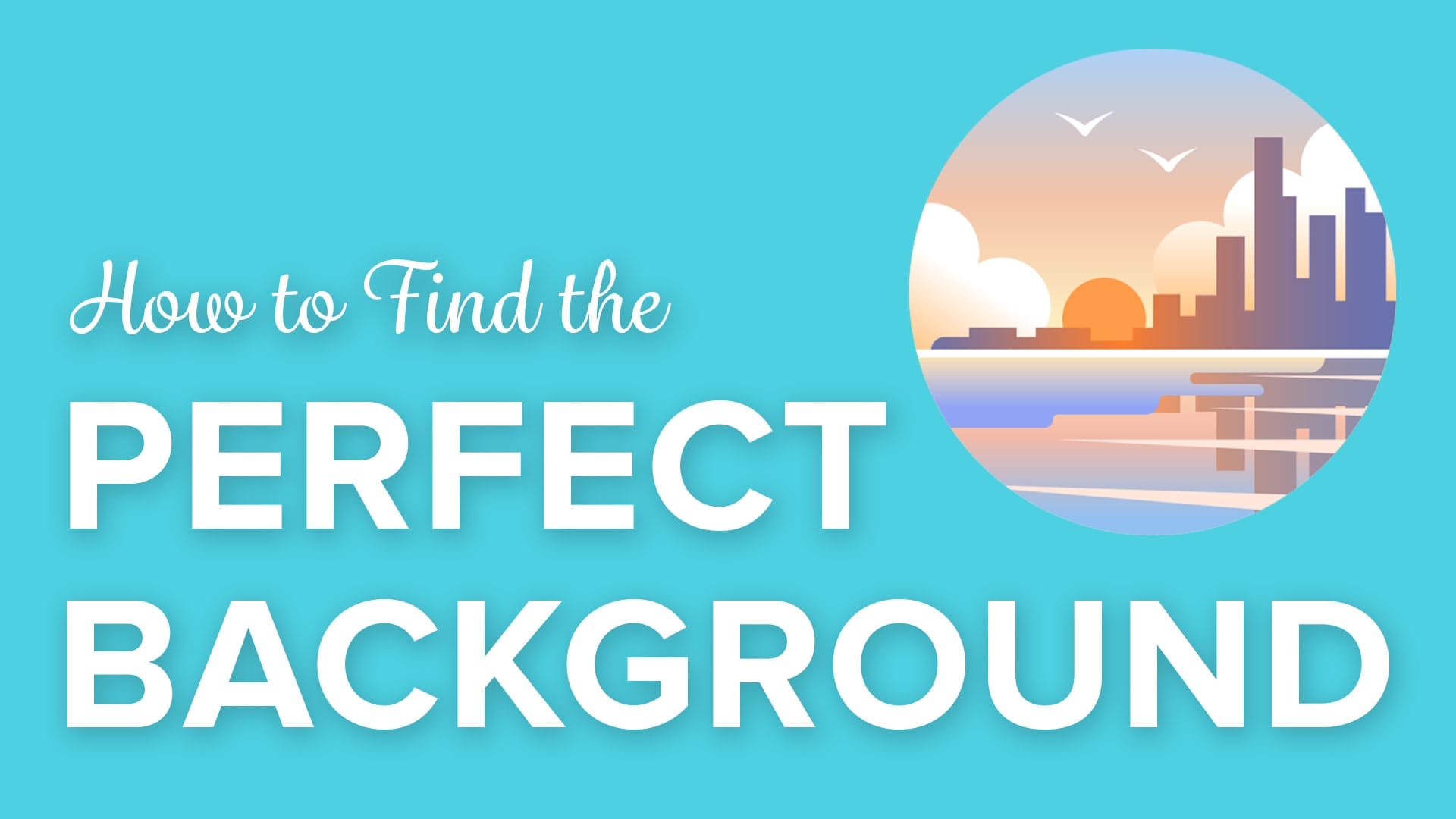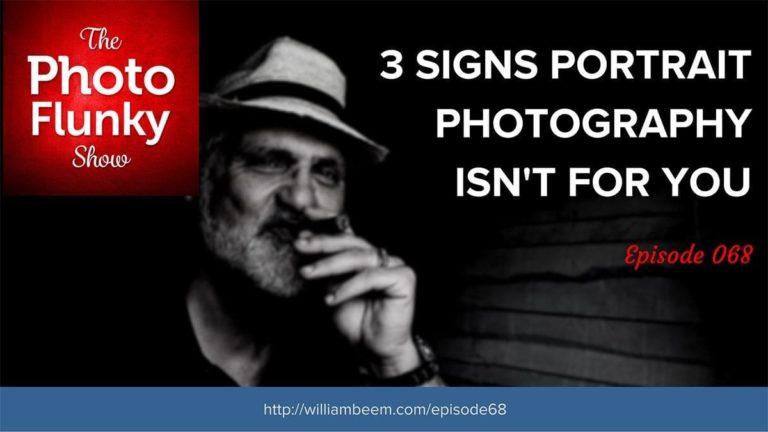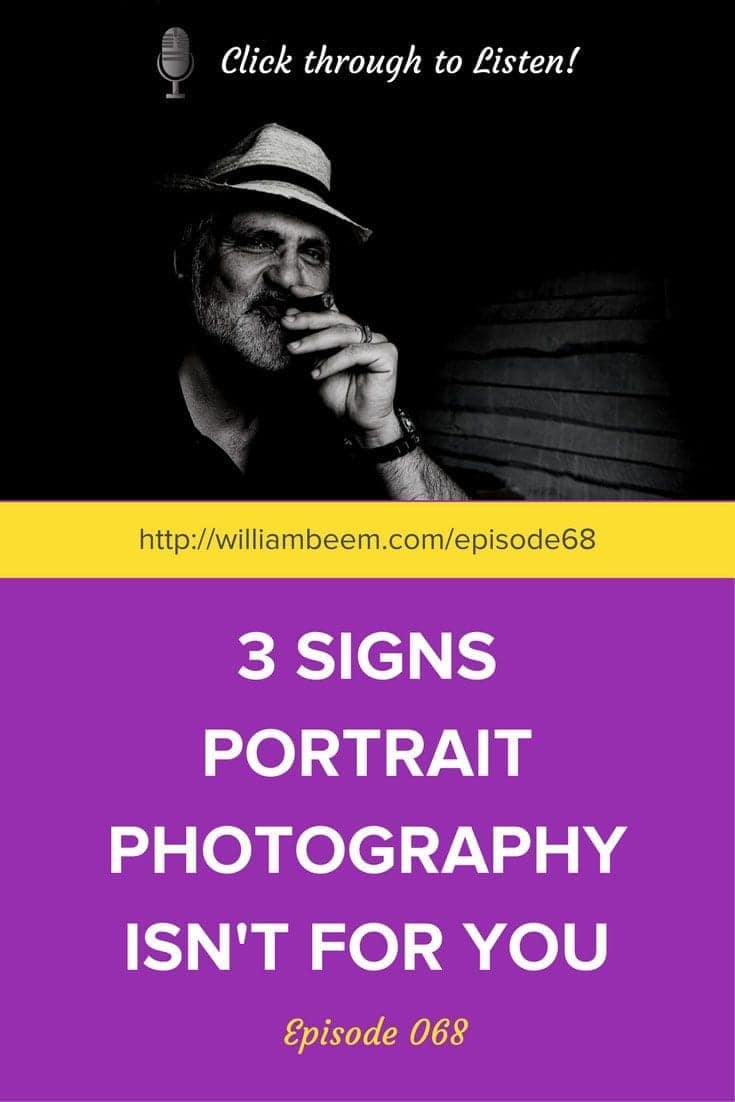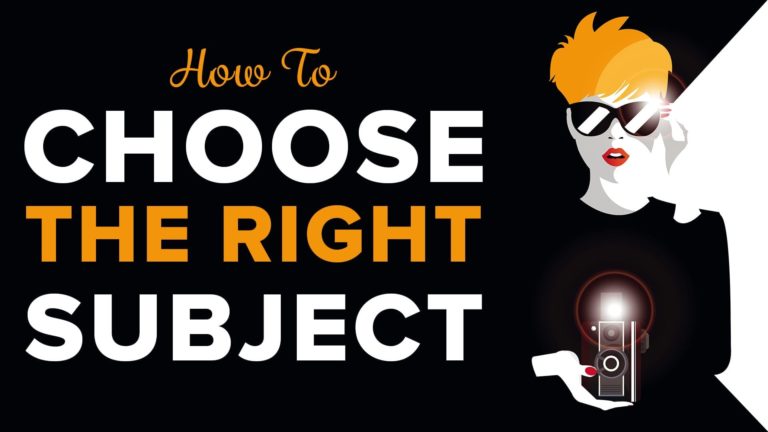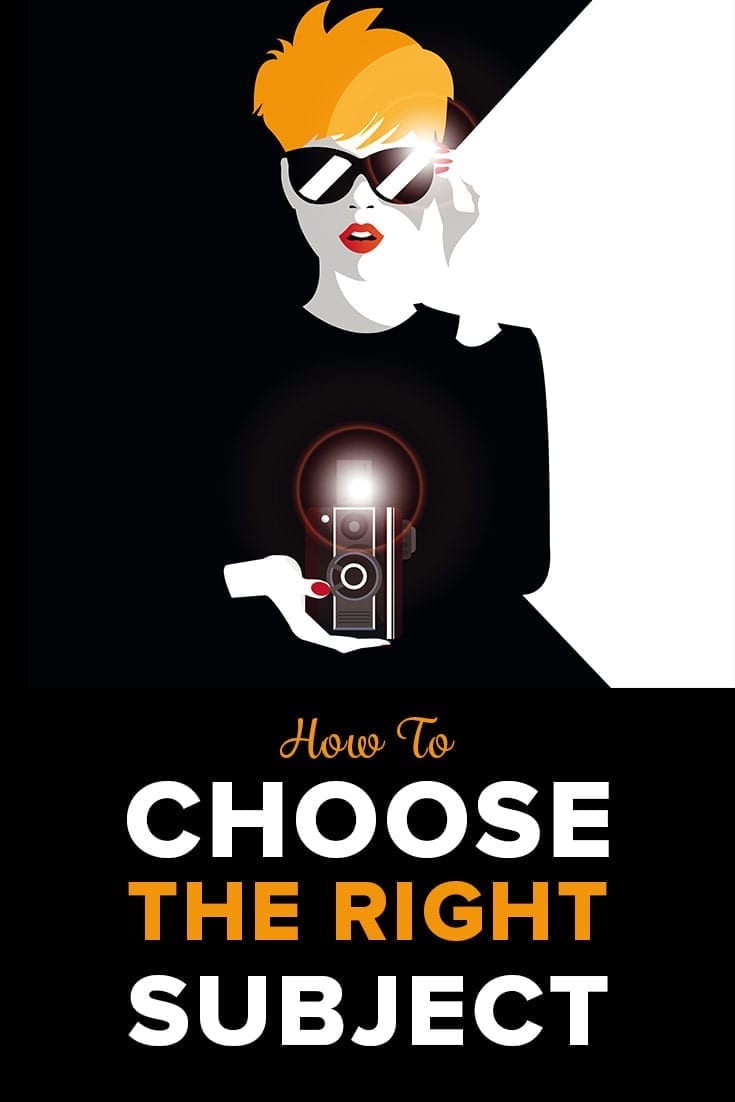Affiliate Disclosure: We earn a commission if you purchase through one of our links at no additional cost to you.
You aren’t done with your portrait session until you deliver your photos. Your subject and your team all need to have these photos every bit as much as you do. They have their audience waiting to see examples of their latest work.
It’s up to you to deliver those photos to reward them for their work.
Deliver Your Photos In the Format People Need
There are three main formats you can use to deliver your photos.
If you’re going to deliver digital files, ensure you know the format and resolution the person needs. If they’re going to put the photo on Instagram or Facebook, then make sure you deliver photos already cropped and ready to go.
Not only does this make things easier for the recipient, but you stay in control of how you present your photo online.
Although many people want digital files to share online, there’s nothing quite like holding a print in your hand. Again, it would be best if you made the print to ensure the quality of the portrait from beginning to end. Whether you give a print rolled up in a tube or framed for hanging, give some thought to how the person who gets your portrait will feel when they receive it.
Printing is all about the experience.
Finally, don’t underestimate a photo album or book’s storytelling potential. This doesn’t have to be just an assortment of final photos from your portrait session. You can also document the process and the team involved in creating the final results.
That gives you and your team a resource to use when looking for your next project.
Timestamps
Today on, I Like Your Picture. We're talking about the last of our series lately about doing a portrait concept and a portrait photo session. And this one is all about delivering the photos to the people who need them. And what we'd like you to be able to understand is you're not done until you deliver, there's different methods of delivery. And we'll also talk about how to deal with some disappointment. I'm William Beem. Welcome to I Like Your Picture. The show that helps you improve your photography with visual storytelling. What is visual storytelling is a method of approaching your photography with a knowledge of who you're trying to serve with your photos and what emotion you want to make them feel. We encourage you to concentrate on your subject, light and background to create a photo. Your audience loves. I'm glad you found us. Hi, I'm William Beem. And as I said today, we're talking about delivering your photos. This goes to whoever your subject is, whoever your customer client may be. If you're doing this for hire and also the people who've worked with you. Lee, you don't really work with teams, but I'm still gonna throw this at you anyways, because you've been on the opposite end, waiting to receive photos mostly from me. Why is it important that you must deliver the photos and basically that you're not done until you deliver the photos? You know, if you're doing something, whether it's as a favor or whether it's as a service, when you promise something you need to commit. I think this is just how I look at things. I want a commitment to deliver, I want, if not an exact date, a reasonable timeframe, and make sure that you deliver it in that whether I'm paying for something or not. That's the way I expect to treat other people. And I am pretty unforgiving when it comes to that, it will make a permanent impression on me when somebody doesn't. I think that's the best point, right there. This is really also not just about your commitment, but about your reputation and your integrity. If you're going to get all these people together and come up with a portrait session, and then you never share, you never give them something that they can say, this is my work that went into this photograph. This is me in the photograph or whoever it is that's involved with it. It's your integrity is on the line. If you don't deliver it to them. It is and then also think from the point of view, when you're getting your picture taken, the first thing you want to do is see your photo. So there's almost like a sense of excitement, anticipation, maybe urgency. You want to show them off. You want to see what it looks like. Maybe make sure that you don't look terrible in it, but you want to see these, these pictures. So for the person who's waiting to receive them, they're kind of wired up and hyped up about that. If you take too long, they kind of get busy with life and forget about it. And one of two things is going to happen. They're going to suddenly remember and get irate about it. It's like, well, where are my photos? Or sometimes the impact of that photo, It kind of wears off. So for example, if I had, let's say I had a 50th birthday party, okay. Let's pretend I'm young. And it's a 30th birthday party is my birthday. Okay. Let, let's say I'm having a big birthday party. And this was really important to me. And Joe Smith comes in and takes pictures for me. And I'm really excited about these pictures of my birthday. My birthday's in June and July, beginning of August, then the photos show up it's kind of now. I feel like the wind is out of my sails. I want to go and share when I go, well, these are my birthday photos and people are yeah, that was months ago. Well think about this. If you're excited about it, whether you're the subject in the photo or you're someone who participated in helping to create it, you know, the makeup artist, the wardrobe stylist, and so forth, or the, even the photo assistant. Are you telling your friends that, Hey, I worked on this great shoot. I think the results are gonna be amazing. I can't wait to show you. And then they never come. So as the photographer, it's okay. If you want to outsource your post-processing to someone else, but you have to deliver. And I want to repeat something I mentioned on a previous episode, and this is about which photos you deliver. And very specifically never, ever give away every photo that you took on the card. There are going to be photos that you took. This is simply are unflattering there. They're not in focus there. They're not the composition that you want or some other problem. It doesn't matter what it is. You want to show your best work. And that's it. That's also part of your worth as a photographer that shows that you know how to go through and edit out the crap that nobody really wants to see. And nobody really wants to share with any of their friends. They want to show people in amazing photo. It is better to show one great photograph than 50 lousy ones. Well, I mean, if you go for an interview and you want to get the job, you're not going to tell them about when they ask about your experience. You're not going to tell the person interviewing you all about every screw up. You've made somewhere along the line. Oh, well, I messed this one up and I messed that one. You don't, you bring out your best point since the same, with anything that you're putting forward for somebody else. Well, it comes back to what we say on this podcast and on the website all along is you want to create a photograph that your audience will love. And it strikes an emotion from them. All of those photographs are probably not going to do that. You overwhelm them with something. They're going to say there's too much here. I'm not even going to bother go looking for it. They may never even see your best photo. So you make it easy for your audience to be impressed with your work by only showing them the stuff that you want them to see. Yeah. Put your best, best foot on top. But That's really, it is like you're delivering your best photos. Now you may have a shot list where you're either expected or obligated to deliver certain photos. We mentioned examples of a wedding. You know, there's going to be people in shots that are kind of common within a wedding. You want to get family members. You want to get some behind the scenes photos, but all of those need to have, you know, a little bit of a wow factor. It's not just documenting things. But what we're talking about here is the portrait session that you've planned out. So your odds of getting a good photo are much better, but you still have to weed through. It's like, even if you've got five of them that are kind of the same scene and they all look really good to you, one of them is still the best. And you've got to pick which one that is. Yeah. Or you may be use process of elimination. Maybe there's one where somebody's eyes aren't quite open or somebody is not looking right at the camera. You know, then start fine tuning the little things and weed them out. Exactly. You can go into Lightroom and use the compare mode and you just start looking like, is this photo better than that photo? And of those two, you pick a one. Okay. So the one that you picked is currently your prize. Now you compare it to the next of the five photos that are similar and you keep going through that process until one photo comes out on top. It may not be the one that you said was your best photo on the first comparison, but that gives you a chance to say, okay, I compared this to all of them. This is the one that stood out on top. That's the one I'm going to do my post-processing. And that's the one I'm going to deliver. I think also when you're looking at things as a photographer, remember that whoever's receiving the photos is not viewing them as a photographer or very unlikely. So when you're critiquing your own photos, let's take the example of you got five that look almost the same. Most likely. If they look almost the same, your exposure settings are the same. Your shutter speeds the same in those or, or similar so that, you know, that's what you're tuned into looking for. When you processing photos, what would you look for? If it was a picture of you, you're gonna look at your facial expressions. You're going to look at how you look, you know, does this show. The one photo, maybe show somebody in an unflattering, at an unflattering angle because they moved. And I think, look for things like that, maybe somebody has a self conscious about a double chin and one picture, It looks more pronounced, but have a look, you know, with each of those people in the photos, if there's more than one thing, if this were me, What would make me feel uncomfortable about it? That's a possibility. But there's another way to look at this as well. Let's say that you do have a team and you know, it's not just you and your subject and there's the makeup artists, there's the stylist and so forth. When you look at these photos, you want to review them in mind with what does this person want from the photograph. So in other words, if something emphasizes the wardrobe more than the hairstyle, now I'm just throwing it out as an example, maybe that's what the wardrobe stylist wants. And maybe, you know, the model or the subject that you have, he or she wants something that shows them in their best light. The makeup artist may want something that's a little closer in and shows the work that they've done. So when you're doing your selections, think about it from the perspective of the person that you're going to deliver to. Which one is the one that you're going to show as your example of work. That may not be the one necessarily that everyone else wants. They maybe they want that, you know, said like, yeah, I worked on this photo, but maybe there's another photograph that emphasizes the work that they did that you may want to share with them. And you give them both photos and they love you for it. Yes, I hope so. Anyways. All right. So there's different ways of delivering and I'm kind of thinking about this in, in three forms and we'll kind of discuss each one. One is going to be, you know, digital files and there's different formats that you can give in digital files. There are various prints and sizes of the prints you can give out, or if you want to frame them or you know how you want to present something handheld, another one would be books and layouts and you do. Yeah, that's, that's one of Lee's things. She likes doing a lot of things with different layouts of her photographs and also printing books. So, but let's start with digital files. Do these people need something that they put on their social media or that they're going to put an online portfolio gallery. You need to understand what it is that they want and what sizes are going to be appropriate for them. You don't necessarily want to give them a photo and say, okay, now it's up to you to figure out what's the best square crop. And what's the best Facebook crop. Or if you're gonna use this on your YouTube channel, how do I put that in there? These things become a real mess. And there are tools that you can use that will allow you to share the photographs that kind of gives you a little step up, I think, on some other photographers is that you're being considerate of how they want to use them. This is my pet peeve. Maybe not everybody agrees with this, but I'll tell you this much. If I'm going to send somebody digital files, I'm not going to send them at a resolution that's good for printing. I'm going to send them probably 72 dots per inch, rather than 240 or 300. That's good for printing because I want control of what gets printed and used someplace. I've had some of my photos taken and used actually in commercial advertisements. And it really irked me. There was some folks that took some photographs that I hadn't in Las Vegas and at Disney World, they're used it in some ads in various Chinese advertisements. Lastly, I found a photograph. I took an Aria resort in Las Vegas, used for a convention in China. I thought that building's not even on that side of the planet, but it looked really good for their advertisement. I guess I had another one that I took of a character out at Walt Disney world. And this was during Star Wars Weekends than they had the queen, the Padme Amidala whatever. She's got a lot of gold jewelry on it. Well, they use that for a gold and jewelry store advertisement. And I thought, okay, I'm just going to keep the resolution down, hopefully so that these things don't show up as posters someplace where I just don't want them being used for that. That's my pet peeve. You may not have any such concerns at all, but if I'm going to send a digital file, showing something on the screen of 72 dots per inch is fine. They're not going to have any degradation. You can still make them as large as you want or whatever size you need to, but they're not good for printing at 72 dots per inch. So that's kind of what I like to do. Now, as far as if they're gonna use it for social media, there were different ways or different file sizes. You can probably go Google. What is, um, a Facebook post header or page header? You can do the same thing for Pinterest or Instagram, whatever it is that you need to deliver. It's really nice if you can deliver the portrait in that orientation and resolution. The reason it's nice for you to do it instead of somebody else is you're in charge of how you crop it for those different resolutions. Yeah. It's really good to know this before you shoot, because that case you might want to take multiple photographs, you know, some landscapes, some portrait, depending upon the orientation of how they're going to be used. But if you can provide the final result for somebody, I think that's helpful. And like I said, you get your sense of style in the final result. Yeah. And that look different orientations for each, you know, for each set of photos you're taking is going to be a pain in the butt. If you're working on a tripod. Oh yeah. Well, not for me. Yes. My tripod works both ways. Yes. But it's the constant flipping. And I don't know There is, I mean, it's like, I've on my camera. I have a Really Right Stuff tripod and ball head. And there's an L plate on it. In other words, I don't have to try and lean at my camera over the side where it's no longer supported by the weight of the three legs. It's kind of like right in the center. And as you've got an, it is a pain in the neck, you've got to unlock it from one side, flip it over and lock it down on the other side. But depending on which tripod you've got, if you've got one of those ones where if you want to do it in portrait, your camera's actually leaning off the side of the tripod. That's uncomfortable. And I'm not my favorite way to go for prints and different sizes. This is not necessarily a bad idea. You can get expensive, you know, handing out prints, but there's something about holding a photograph or a portrait in your hand. Yes. I like to touch my photos. Do you have specific types of paper that you like or, or what do you like? I do like a kind of, what are the heavier papers? So they gonna cost a little bit more. For some reason I like matte finish. If I go to somebody who prints and they're early offering, sometimes they'll do matte gloss and all different kinds. But if I find that the, the size or the dimensions that I want are not available in matte finish, I'll actually order it somewhere else. It's just one of those things. So I'm pretty picky about it, but it also means like, I know that some of my family members love glossy and to them, matte is kind of old and dull. And so if I'm printing for them, then I would, that's something I need to be keeping in mind as well. So maybe if you doing prints, those are things that you kind of want to know. Or how they're going to use them. So for example, I don't really like glossies particularly for hanging on the wall because they'll catch reflections from the light and that might block out, you know, a part of the image that you want seen. And I don't know if you've ever been in restaurants where they've got those little overhead lights that are coming down on the artwork. If it's glossy, it just ruins the view. It is, but also glossy. One of the things that it's it's, um, fingerprints, and it was always funny. Cause I'd go and get my prints then of course, first things, Oh, those photos, can I see you? And do you know what I was really popular? My answer was always, no, I'm going to put them in an album and then you can take time and look at it. I cannot stand fingerprints on them. And glossy seems to heal them up a lot more. And that I know if that's where it came from, I really don't know why I have a preference, but I still will always choose matte. I do too. And we just had a portrait of us. You know, we were hanging above a fireplace. I went for the matte on that one. I just think it looks really nice with that kind of even finish. Another option is metallic print. I've got a couple of things here that are travel photos. Uh, one of them is right next to me right now. It's the interior view of the NASA vehicle assembly building out at the Kennedy Space Center. And I don't know why I was really so thrilled to get this because it's not something where people are typically allowed inside. So it was almost kind of like a trophy for me to get that shot. And then I love that. The other one is at the Portofino Bay hotel in Orlando, at Universal Studios and has got, you know, a blue scooter. And it's just, I don't know. I'll just look at, it's a lovely little travel photo. Both of those I got from Image Wizards. They created them as two by three foot, you know, aluminum prints. Those things are solid. They are, I'm not, I mean, that is really nice, cause you're not worried about frames around them. The other thing is I've noticed with those they're not really reflective, you would think that they would be horrendously reflective and they're not. I heard Moose Peterson described them almost as having an HDR look. And I don't mean crappy HDR, but I mean the quality that you see of the colors and the depth inside of the photographs, I mean, they just really come out great, I think on that aluminum. Now that's going to be an, a more expensive proposition. You're gonna spend a couple hundred bucks to get a two by three foot print on that, but what you print and how you print it and deliver it and what frame you do, or if you just rolled it up and put it in a tube to somebody that says something about you, but also when you put a print in someone's hand. Yeah. They really love that. And then you've delivered. So you can give both digital prints or, excuse me ,digital files and you know, prints and you can make some people very, very happy with that. Yeah. I love actually being able to touch my photos in some form. And also I'd recommend if they're going to give it, get a print is better than if you provide it for them. Because again, you're in charge of the quality. Yeah. That is true. You're in charge of the size. You're in charge of the quality. You can give them something that's very impressive. And as a photographer, you're probably going to have more experience or more ability to find out what looks best for your art that you're going to share with somebody else. All right. So the final one, I'm going to let Lee talk about this one much more, but this would be books and layouts. And you know, if you've got a wedding album that would be, you know, one kind of book or layout, but go ahead, Lee, this is your specialty. Well, I love printing and photo books and there are, I'll just list off a few of the reasons why I like to do it. First of all, it's, um, it's compact. It takes less space than the photo album. The other thing is that they're incredibly durable. Photo albums. You're starting to spend a lot of money. People always say, look what it costs to get a good quality photo book. To buy a good quality photo album. If you gotta put your really nice photos and they've always got like plastic sleeves or you're buying little mount corners and you can do them beautifully, I've got plenty of those and I'm not opposed to them at all. You know, if you're doing this for the sake of price, the photo book actually makes a lot more sense. The other thing I like about photo books is they make great gifts, which for parents and grandparents and whoever has got everything and you don't know what to get for them. That that's really nice. I think also if you were doing a portfolio for yourself, it's nice to have a few of those where you can hand 'em out, let people look at things. So maybe you're a hairstylist and you've been collecting photos of hair, you know, things that you do or nails or some art or cooking. This is a really nice way to present it because you can put your text in as well. I love photo books. I just think they've got nice feel. You've got so many options as well for sizes and finishes and types of covers. One of the things I like about the idea of a photo book, if nothing else just for yourself, is that you can compile the story of the entire project together. So it doesn't just have to be your finished photos. This is your team. These are some of the looks you are going for. These are some of the things you consider, but maybe they didn't make it into the photo shoot. And that shows your thought process. And your story of coming up with this final result that you know, is your pride and joy. But then you can use that when you want to collaborate with somebody else or maybe get some clients. You can say, well, here's the book. This shows you what my style is, how I work and how I put things together. And then it becomes a marketing tool for you. Yes, don't forget the fact that you may have more than one portrait that's coming out of this. And then maybe that's your story, or maybe it's your whole story of how this came together. But when you start going into a photo book just for yourself and you know what, maybe the people who you worked with think, Hey, that's a good idea. Maybe they want some of that action too. Now, one thing to be aware of, if you are delivering to somebody with a photo book, photo books do tend to take longer when you've ordered them to make them prints. Even a large framed prints and canvases, that they can take quite a long time until you have them in your hand. So let the people know, find out what the estimated turnaround time is, work out, how much time you need to put it together. Cause that's the other thing. You get a lot of layouts where you can drag and drop. I don't use those to maintain exceptionally long, but if you are going to customize it, you gotta build that time and as well. And I think if you just communicate with people, that's a nice way to do it. Maybe you can deliver some of the other forms they have. If they're not just getting a book, maybe you could deliver some of the other pictures in the meantime and say, the book is going to take longer, but we can get your prints and digital ones to you here in this amount of time. And that's exactly what we're going to talk about. Our next three points are determine who gets, what form of delivery, set reasonable expectations for delivery, and communicate if you experienced a delay. So here's my thought is last episode we talked about you're post-processing, that's going to take us amount of time, particularly if you have to do different post-processing for different people that you're delivering to. So you want to communicate, people said, okay, you've told me what you wanted to we've collaborated what you want. So maybe you just want some digital files. So when I, once I'm done with the post-processing, I can export those in the full size. You want get them to you in a week or two weeks, you know, depending on how long it takes you to reasonably get done with those portraits. Delivery may be different. As you said for print, particularly if there are situations that are causing delays in shipping, or there are busy times for print shops. We're recording this at the end of May. And you know, a lot of high school seniors are graduating. There's going to be a lot of portraits going off. There's a lot of portrait work at certain times of the year, a lot of weddings in June. There are a lot of holiday photos at the end of the year. Just kind of figure out if you can, when your print shop may be experiencing more of a delay and include that in your expectations that you set for delivery. The last part is if you experience a delay and this could be anything from your schedule to post-processing to getting something delivered, you've got to communicate. Yeah, people are, they may be disappointed, but they'll understand better. If you say, I'm sorry, I can't make this date. Here's the reason why, here's the new date that I'm going to provide you with. I may be disappointed someone tells me that, but I'll think okay, would rather hear why there's a delay and know one I'm going to get my stuff, than sit there wondering and thinking this guy never delivered. Yup. And I, especially, if there's going to be a delay, it happens, but I didn't want to hear about the delay either when I've had to chase somebody up to find out why it's taking so long. I also to want to hear about the delay after the date that it was supposed to be delivered. So as soon as they are the first sign of a problem, I think that's, that's where I like to start letting people know or have them, let me know if I'm on the receiving end. Yeah. And if you're going to give somebody a new date based on the delay, that date better be solid. Don't go after them two or three times saying, well, now it's going to be here then. We're getting that right now from Amazon. And some other things that we've ordered and it's like, we don't know what we're going to get when for some of the things that we've ordered and that's not with photography specifically or anyone sessions, this is that people are getting really loose about promising delivery. Yes. I think your integrity and your reputation will be much better if you can give a solid delivery date. And if something out of your control happens, let them know and then give them a rock, solid delivery date. And, and if that means you have to go to a different printer or something, do it, but your reputation is on the line. And once you've done this, then you've got people who are happy with you and willing to recommend you or recommend others to work with you or recommend you. If you're in business, you know, to get more business. It's all about your reputation. Yeah. And also this is your delivery is, is ultimately, it's kind of the last impression. And you know, you got that first impression, the last impression thing going on, whether we want to acknowledge it or pretend it doesn't exist between a lot of truth and some element of truth in almost every situation with that. This is kind of your last impression. And how, how this part of the, the whole task goes is going to have a lasting effect. And I think how you present your results to the people makes an impression as well as your photograph. It's why some, you know, luxury brands present things, you know, very specially in their boxing and, and you, you almost got an experience with unboxing it or getting it. Some print shops will do a great job of helping you out with presenting things as something luxurious, if that's the way you want to go. Yeah. So think about what the experience is of the person when they receive what you're delivering to them, and that might help you out as well. Thank you so much for joining us on, I Like Your Picture. This is episode 219. So you can find our show notes available at https://williambeem.com/episode219. And remember, we talked about you aren't done until you deliver, there's different methods of delivery, and you want to deal with this appointment by setting expectations. But I think the better you do with that, the happier your customers and the people you've worked with are going to be with results. Thank you so much. We'll see you again next week.

